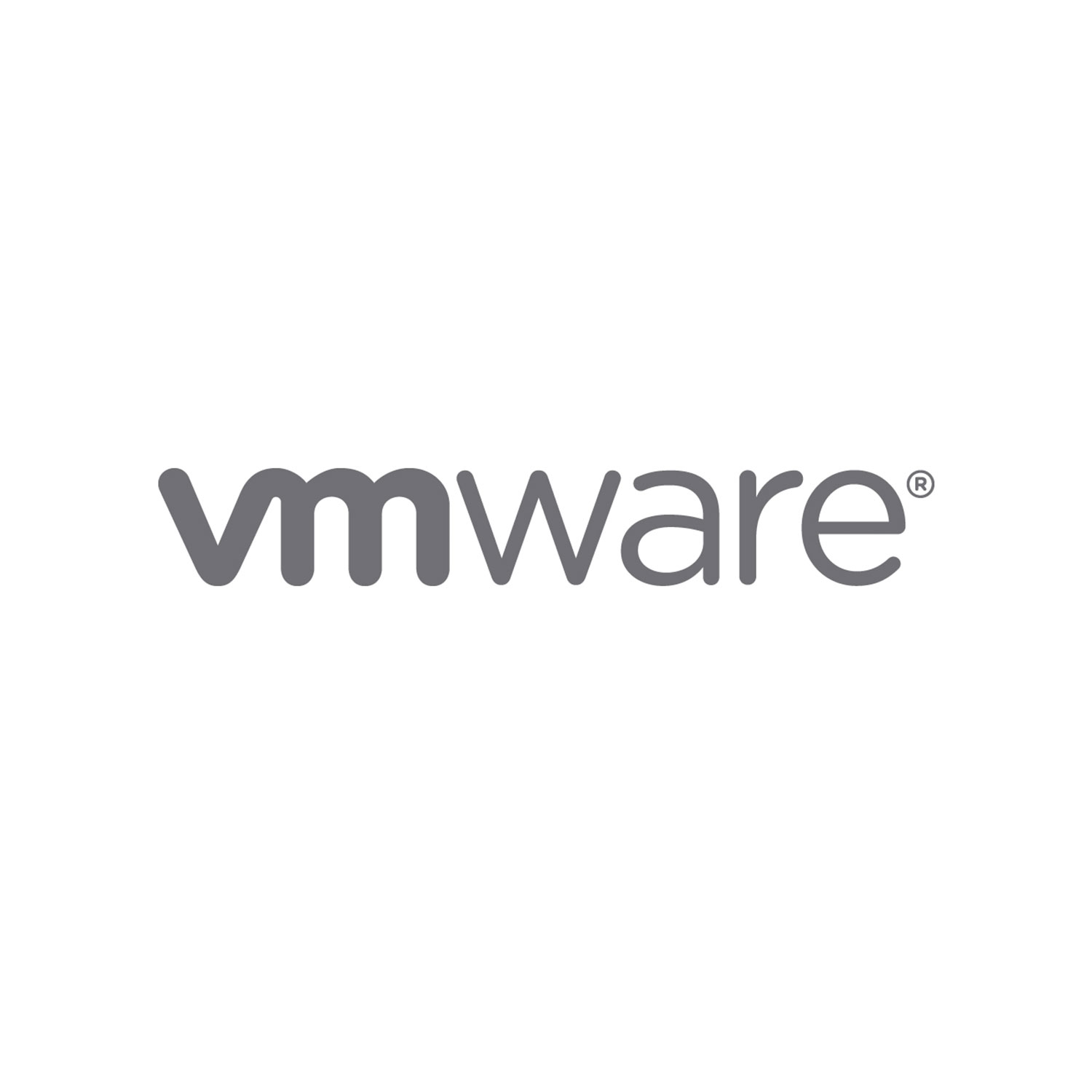Description
Course Content
Course Introduction
- Introductions and course logistics
- Course objectives
Virtual Machine Operations
- Recognize the role of a VMware Tools Repository
- Configure a VMware Tools Repository
- Recognize the backup and restore solution for VMs
- Identify the components in the vSphere Replication architecture
- Deploy and configure vSphere Replication
- Recover replicated VMs
vSphere Cluster Operations
- Create and manage resource pools in a cluster
- Describe how scalable shares work
- Describe the function of the vCLS
- Recognize operations that might disrupt the healthy functioning of vCLS VMs
Network Operations
- Configure and manage vSphere distributed switches
- Describe how VMware vSphere Network I/O Control enhances performance
- Explain distributed switch features such as port mirroring and NetFlow
- Define vSphere Distributed Services Engine
- Describe the use cases and benefits of vSphere Distributed Services Engine
Storage Operations
- Discuss vSphere support for NVMe and iSER technologies
- Describe the architecture and requirements of vSAN configuration
- Describe storage policy-based management
- Recognize components in the vSphere Virtual Volumes architecture
- Configure Storage I/O Control
vCenter and ESXi Operations
- Create a vCenter backup schedule
- Recognize the importance of vCenter High Availability
- Explain how vCenter High Availability works
- Use host profiles to manage ESXi configuration compliance
- Use the vSphere client to manage vSphere certificates
vSphere Monitoring
- Monitor the key factors that can affect a virtual machine’s performance
- Describe the factors that influence vCenter performance
- Use vCenter tools to monitor resource use
- Create custom alarms in vCenter
- Describe the benefits and capabilities of VMware Skyline
- Recognize uses for Skyline Advisor Pro
vSphere Security and Access Control
- Recognize strategies for securing vSphere components, such as vCenter, ESXi hosts, and virtual machines
- Describe vSphere support for security standards and protocols
- Describe identity federation and recognize its use cases
- Configure identity federation to allow vCenter to use an external identity provider
vSphere Trusted Environments and VM Encryption
- Configure ESXi Host Access and Authentication
- Describe virtual machine security features
- Describe the components of a VM encryption architecture
- Create, manage, and migrate encrypted VMs
- List VM encryption events and alarms
- Describe the benefits and use cases of vSphere Trust Authority
- Configure vSphere Trust Authority
Who should attend
Experienced system administrators, system engineers, and system integrators
Prerequisites
Attending this course meets the training requirement to achieve the following certification:
- Attend VMware vSphere: Install, Configure, Manage [V8]
- Equivalent knowledge and administration experience with ESXi and vCenter
Course Objectives
By the end of the course, you should be able to meet the following objectives:
- Configure and manage a VMware Tools Repository
- Configure vSphere Replication and recover replicated VMs
- Manage VM resource usage with resource pools
- Configure and manage vSphere networking and storage for a large and sophisticated enterprise
- Configure vCenter High Availability
- Use host profiles to manage VMware ESXi host compliance
- Use the vSphere Client to manage certificates
- Monitor the vCenter, ESXi, and VMs performance in the vSphere client
- Secure vCenter, ESXi, and VMs in your vSphere environment
- Use VMware vSphere Trust Authority to secure the infrastructure for encrypted VMs
- Use Identity Federation to configure the vCenter to use external identity sources


